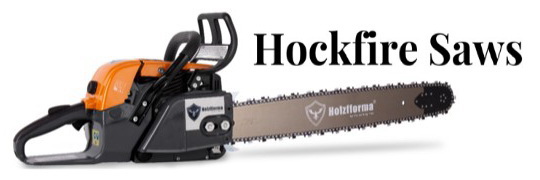sunfish
Pinnacle OPE Member
- Local time
- 11:22 PM
- User ID
- 371
- Joined
- Jan 1, 2016
- Messages
- 1,006
- Reaction score
- 4,151
- Location
- Success Mo
Great saw! Easy to work on! Great thread, Joe!!!
Indeed!I think we should all strive to put up highly detailed threads like this.
Damn fine thread Joe. You were so thorough that there's just nothing to add.
Thanks for doing these threads. They are far more help to the average saw user than any porting thread will ever be.
The thoroughness and attention to detail makes these threads a great reference for someone tackling a particular chassis for the first time. Every saw chassis has some nuances that can trip you up if you are not familiar with them. And a thread like this takes time to do, so Joe deserves some special thanks for making the effort here. And not just this one, but how ever many so far and counting. First class job Joe!
Just want to add my 2 cents on some differences between early and late models. Like many saws with a long model run, most changes are done in the early years of production. So, if you get an early version there are a few things to look for, especially if combining with newer versions of the same model. The crankcase was reinforced in 03-04?? Not sure, but Joe's has the additional ribs. With this chassis, along with the 346 chassis, they made a switch from the course thread "PL" screws to the fine thread metric screws. Case screws, cylinder screws and even carb screws. Wrong screws wreck threads so just be aware.
The auto-deco on some 357's is a time bomb waiting to fail, and should be changed out whenever you run into one. There is a "cap and clip" from Husky that covers the nipple coming out of the cylinder. (sheet metal screws are a hokey way to do it and can introduce more problems). A standard deco or just the plug can be installed in the cylinder.
The big thing to avoid with this chassis is a toasted 357 built prior to Feb 2002. For some reason they used a rod with a 13mm width instead of the 15mm that is common to the rest of them. It therefore requires a different piston which is NLA. So, the early 357 chassis is a bit of an orphan and there is no top end, OEM or AM that can be used on there. This only applies to the 357; all 359's had the 15mm rod.
Would this be a good place to ask "what the heck do crank stuffers do?"
357's have them, 359's don't.
I don't really understand their purpose. I think they reduce case volume. Is it safe to say they accelerate the charge from the crankcase up into the jug? Why don't ALL saws have crank stuffers? Tryin' to learn...
Ah, less lag...Do some other saws have stuffers? What are they made out of, some kind of polymer?Air is squishy stuff. You can compress it, and pull a vacuum with it. So......for it to move, it first has to be smashed or stretched. What stuffers do is decrease the case volume so that the movements of the piston are more quickly transferred into air movement.
Ah, less lag...Do some other saws have stuffers? What are they made out of, some kind of polymer?
Thanks for a very comprehensive thread .View attachment 99778
Old seal out...
View attachment 99779
New seals...
View attachment 99780
Grease on the lip.
View attachment 99781
And set it home.
View attachment 99782
More of the same on the flywheel side.
Thanks for a very comprehensive thread .
Just wondering....do you use any taper mounting tools on ether seal or do you find the grease sorts out getting the seals over the steps just as effectively ?






